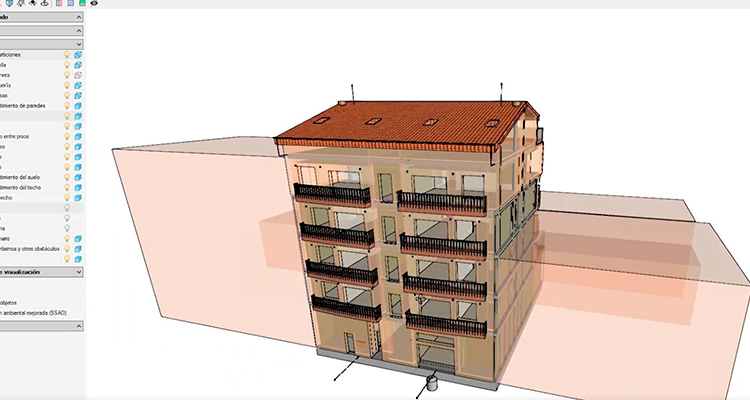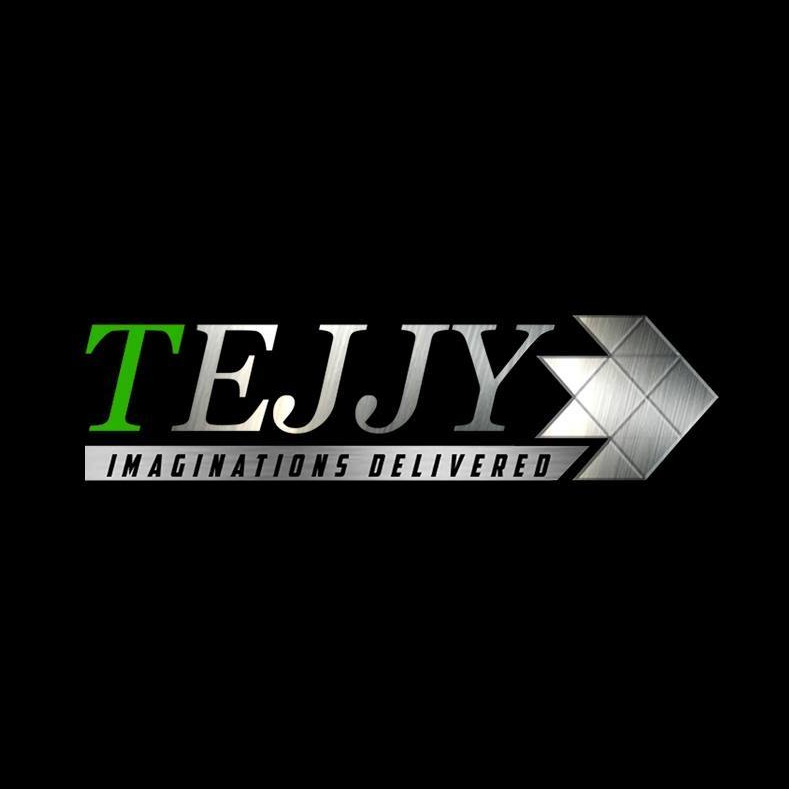Technical Area | Articles
The place to solve all your BIM doubts
BIM for Utility Management in Construction Sector
BIM Implementation Lean & Industrialized construction Sustainability Project Work Operation BEP
Infrastructure & utilities are used interchangeably. The infrastructure encompasses the hard assets created by the government as well as the private entity to facilitate the comfort of the residents and the day-to-day processes of a geographical area. A community infrastructure comprises the physical piping, sewers, roads, electrical networks, water supply, bridges, whereas the homes, commercial, and industrial facilities accommodate the MEP infrastructure. The utility network includes the management of physical components that sustain & support the welfare of a population and the economy of a country.
Normally, utilities are accepted as a public or private service supplying the energy & natural resources distributed by the infrastructure of the area. The water, gas, electricity, sewage, and telecommunication comprising of broadband internet utilities hinge on a consistent infrastructural base for safe delivery or reoccurrence of utility service for clientele.
Wondering, why the distinction is significant?
This is because, in the past, the utilities & infrastructure of a community traditionally belonged to the government. However, the utilities are becoming more privatized these days. Utility cooperatives owned by the citizens are progressively on the rise along with investor-owned utilities to serve the purpose of the company’s shareholders. The market model for public & private utilities is shifting as per the Harvard Business Review describing the utility management privatization with stimulating governmental facts.
Scenario across the World
New Zealand – Sold over 7 state-owned companies, encompassing the government’s telecommunications company for a $3 billion price
Germany – Organized the sale of over 300 utility companies for around $1.3 billion
Britain – Over $10 billion paid by the Investors for provincial electricity companies
Mexico – Reduced the size of the public utility sector of $2.4 billion
It’s important to upgrade utility’s facility and infrastructure for maximizing return on investment and delivering cost-effective services to patrons as a private utility owner.
BIM Modeling Facilitating Utility Ownership
As utilities continue to shift from the public to private segments, analysts take a crucial look at making utility ownership a smart asset. The features are acknowledged by the industrialists as crucial for making private utility investments profitable. Planning investment in revamping the infrastructure of a utility can take advantage of BIM technology for a new approach & innovative resources for the next generation of natural resources and distribution.
Pioneering engineering & design software applications like the AutoCAD & Revit BIM for Utility Infrastructure take the benefit of BIM Modeling to speed up project approval time and enhance communications and decision-making amongst project stakeholders. The 3D BIM infrastructure workflow facilitates the coordination of human or automated processes on a single computer platform.
Starting from as-built utility certification, resolving conflicts, building a package from a 3D model, BIM for utility design can streamline calculations, enhance facility automation, decrease material waste, and enhance real performance. 3D BIM modeling helps to reduce project costs, modernize the project workflow, and enhance profits for utility owners.
Global Utility Set-up
As the utility market continues to shift from public to private ownership, aging utility infrastructure validates that the physical assets continue to compromise the competent & safe supply & demand of utility products. A reliable infrastructure is crucial to the achievement of private & public utilities, though the cost of substituting the old utility equipment & decaying transmission mediums continues to be a prime concern for utility investors.
Revamping the aging utility system is recognized as a major challenge for the electrical industry. Updating distribution transformers, enhancing the power distribution levels and mechanization of metering are considered as the fundamental requirements for taking an electrical utility from rising outages & failures to augmented efficacy. The problem has been recognized by private utility owners who wanted to spend more on infrastructure.
BIM Applications for Utility Construction Management
Utility businesses have been slow for implementing BIM for their design and engineering requirements. Yet, this has started changing, as major utility projects have been accomplished using BIM. Building Information Modeling provides a lot of data to enhance operational efficiency and augmenting utilities & facilities management. Power and gas are seeking laser scanning technology & BIM reality computing for delivering accuracy & decreased cost with civil & landscaping design.
UK government entailing BIM Level 2 maturity for its construction projects maintains both the graphical as well as the non-graphical data for the project lifecycle.
Benefits of BIM mandates for the Utilities in the UK include:
Lowered carbon footprint
Enhanced utility value
Reduced Costs
Substantial enhancement of customer benefits
BIM Applications for Design & Construction
Water Treatment Plants – Underground projects that need a complex piping system for converting wastewater into renewable water resources for ground irrigation can be served by BIM technology. The projects require concrete work and BIM technology is used for facilitating concrete pours and sequencing plans together with the precise measurement of each pour. 3D BIM enables fast below-grade piping & electrical duct bank installation over the conventional techniques.
Substation & Electrical Distribution Design – BIM solutions for electrical utility construction enable a single database for capturing the complete electrical grid in a database with the 3D model. The source of engineering & design information helps to reduce rework and waste materials during construction while saving the overall cost of the budget.
Benefits of BIM for Utility Construction
3D BIM Model for utilities provides several benefits to the owners, AEC associates, and the end-users:
Projects can start with reality capture & other imaging & mapping tools for providing an accurate depiction of the built environment.
4D Visualization & Simulation methods can match the performance of utility systems, providing an analytical model for engineering analysis
Reduced field clashes & interference with the current utilities & infrastructure, ensuring that the manufactured constituents fit in the field, as on the model
Sequencing Construction & Erection from the BIM model, minimizing project time & costs
Integration of topographical surveys & site plans to coordinate physical assets
While working with an outsourced architectural BIM engineering services firm, you can expect competent construction documentation, from the conceptual through the design development stage. You can get documented BIM models with an enhanced workflow for project utilities that can be upgraded.
Call the BIM Modeling experts of Tejjy Inc. at 202-465-4830 or [email protected] for discussing your utility management project requirement in construction.
Software
Revit AutoCADSource: https://www.tejjy.com/











